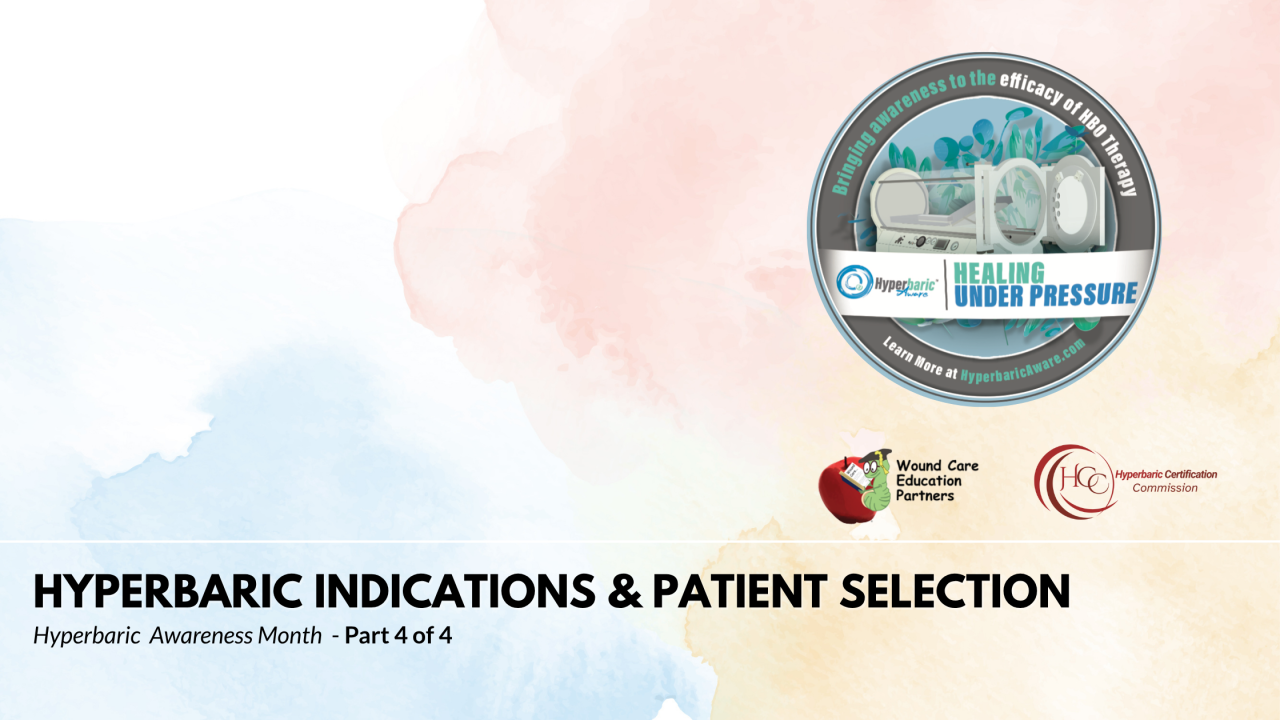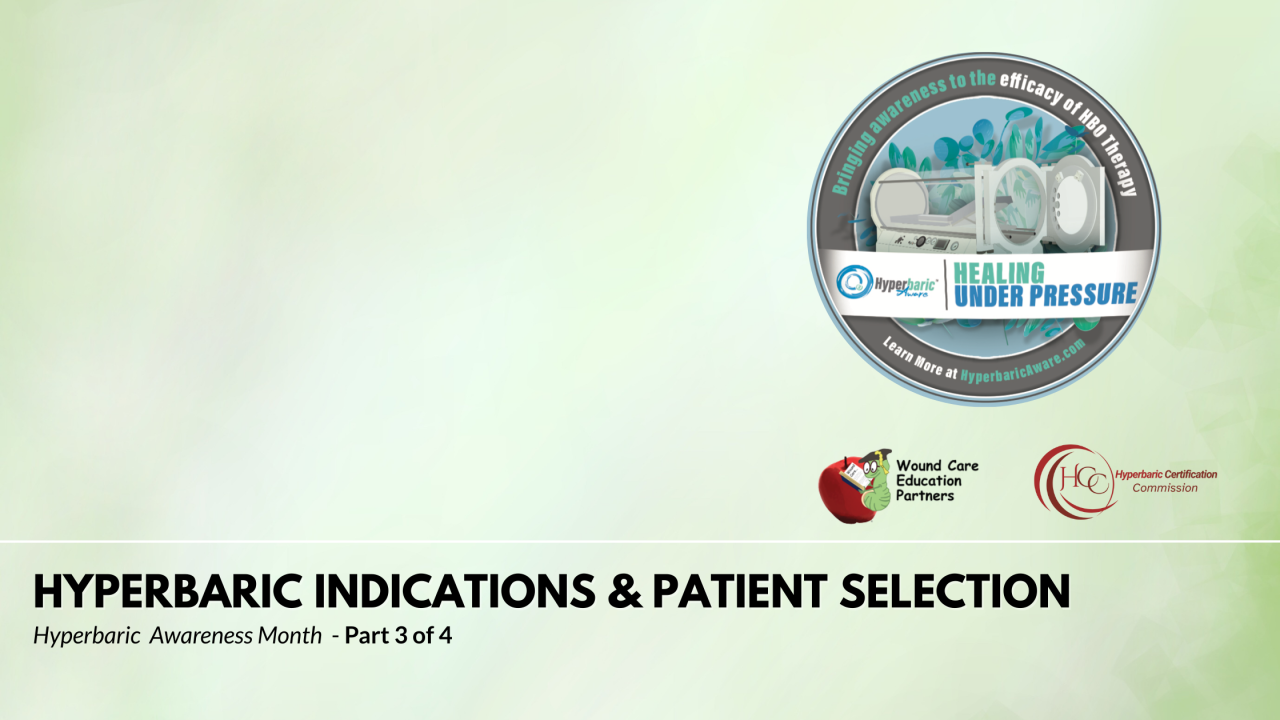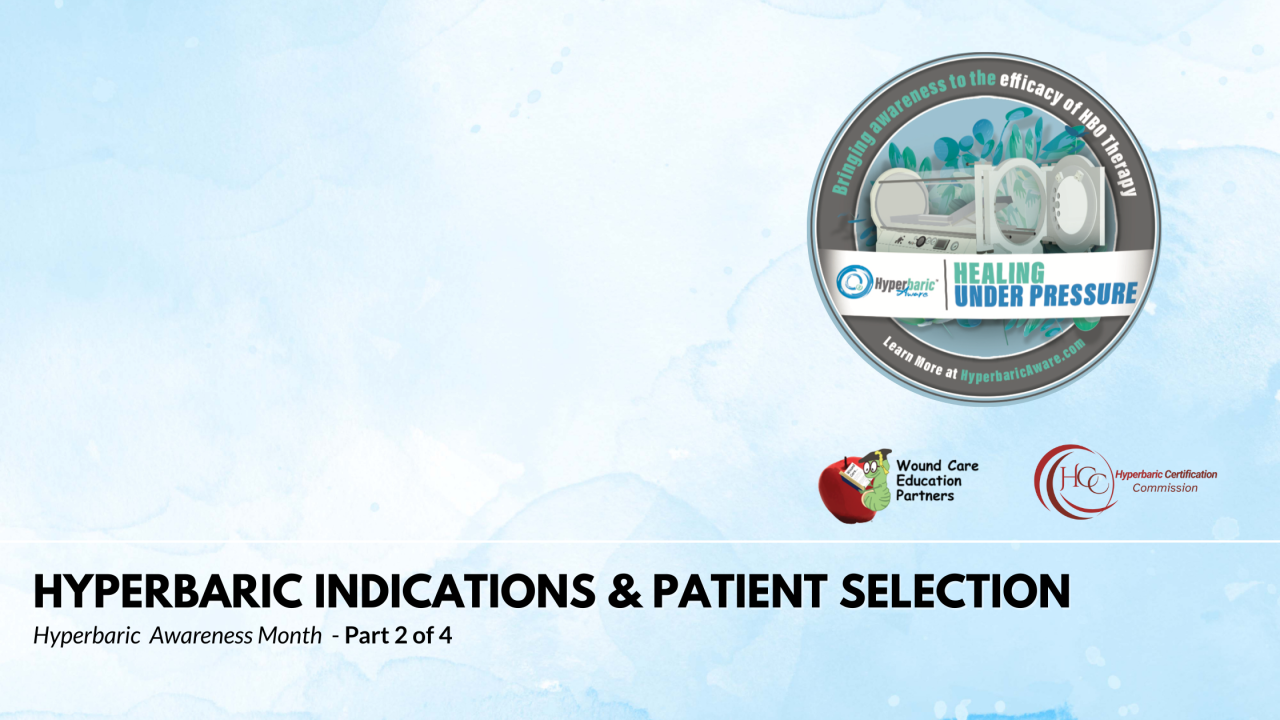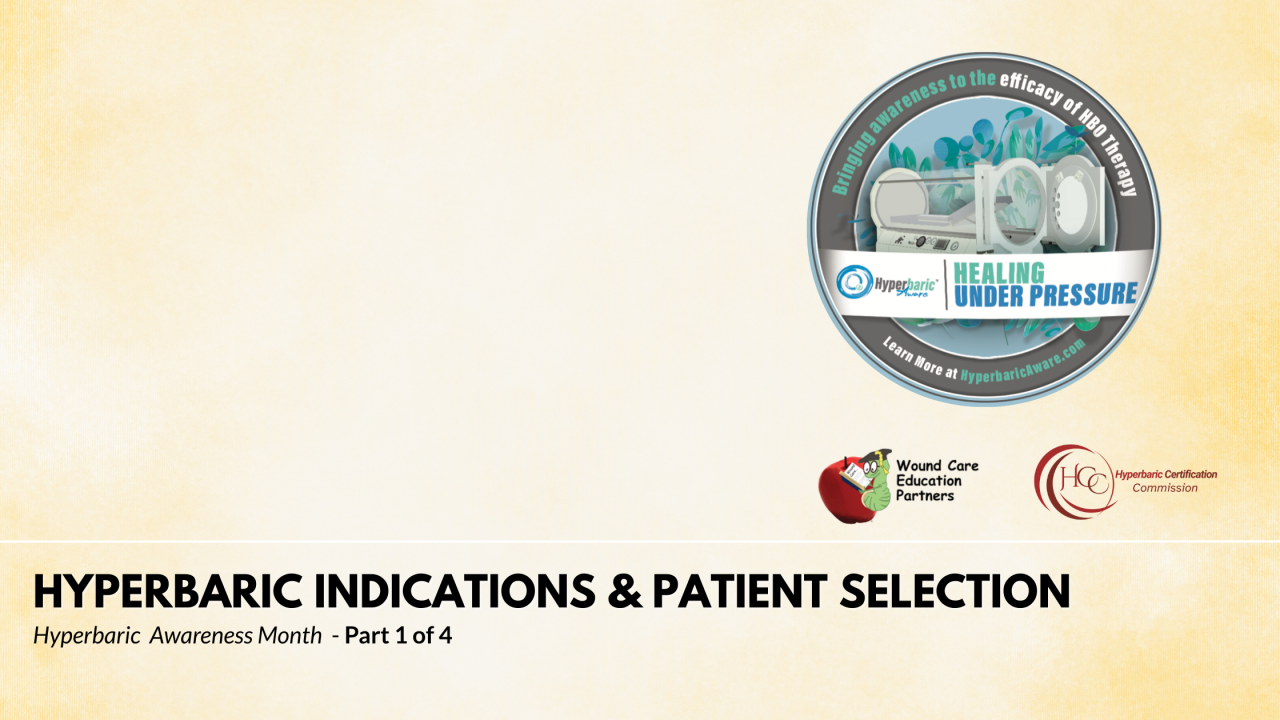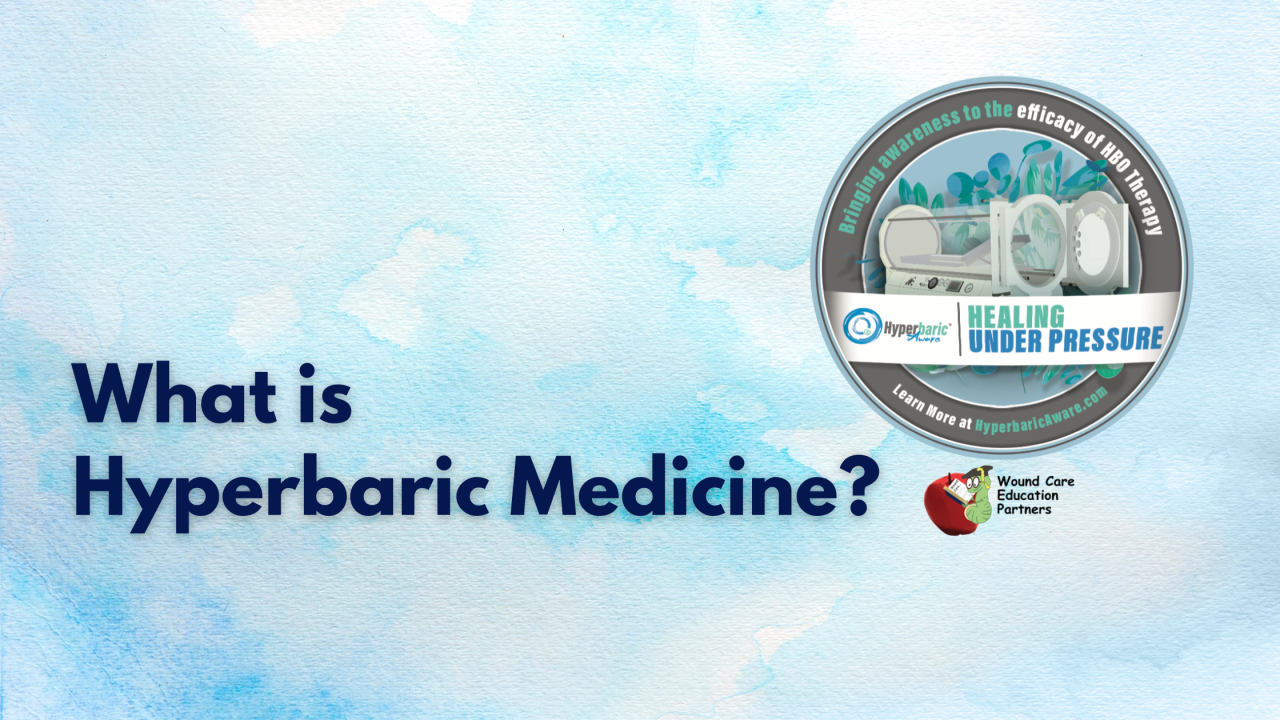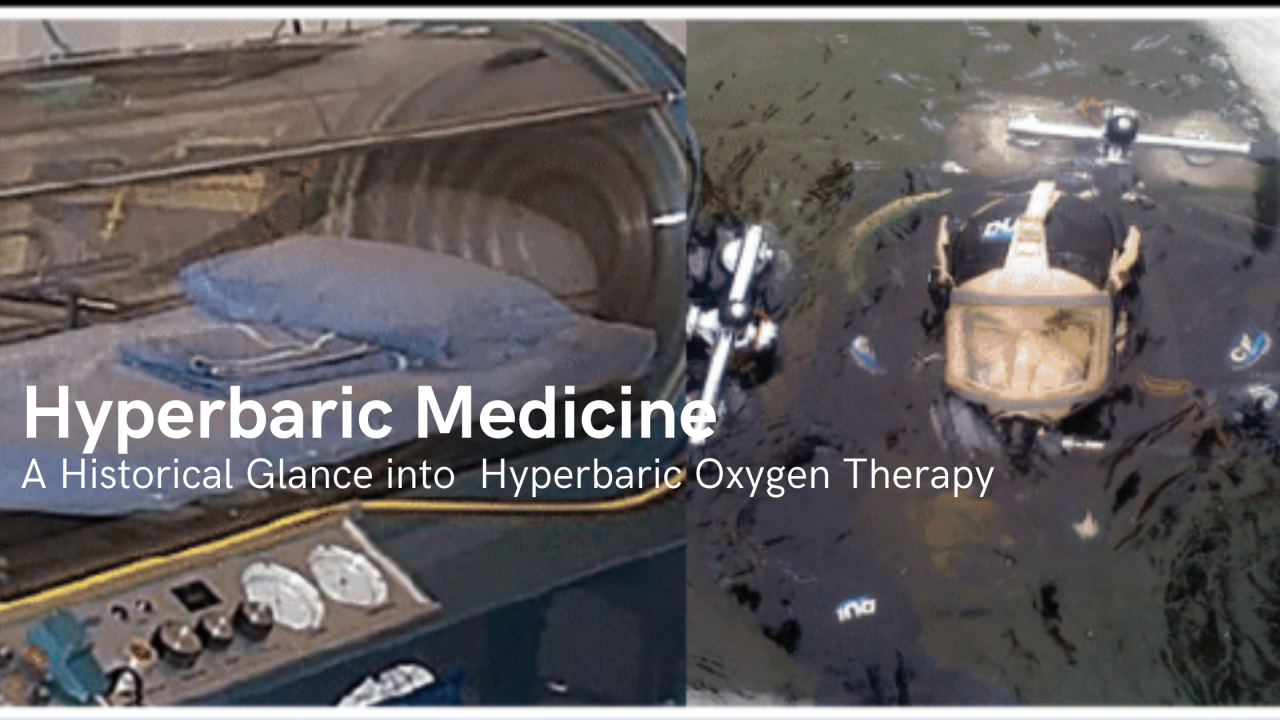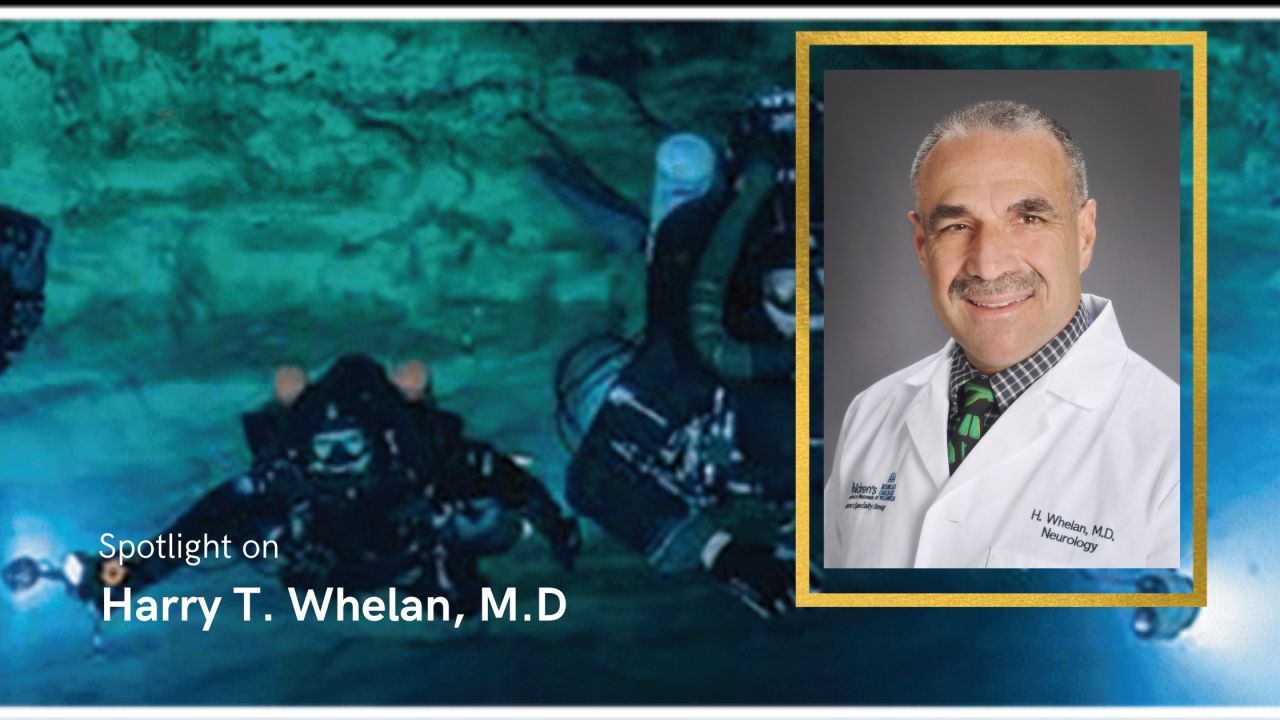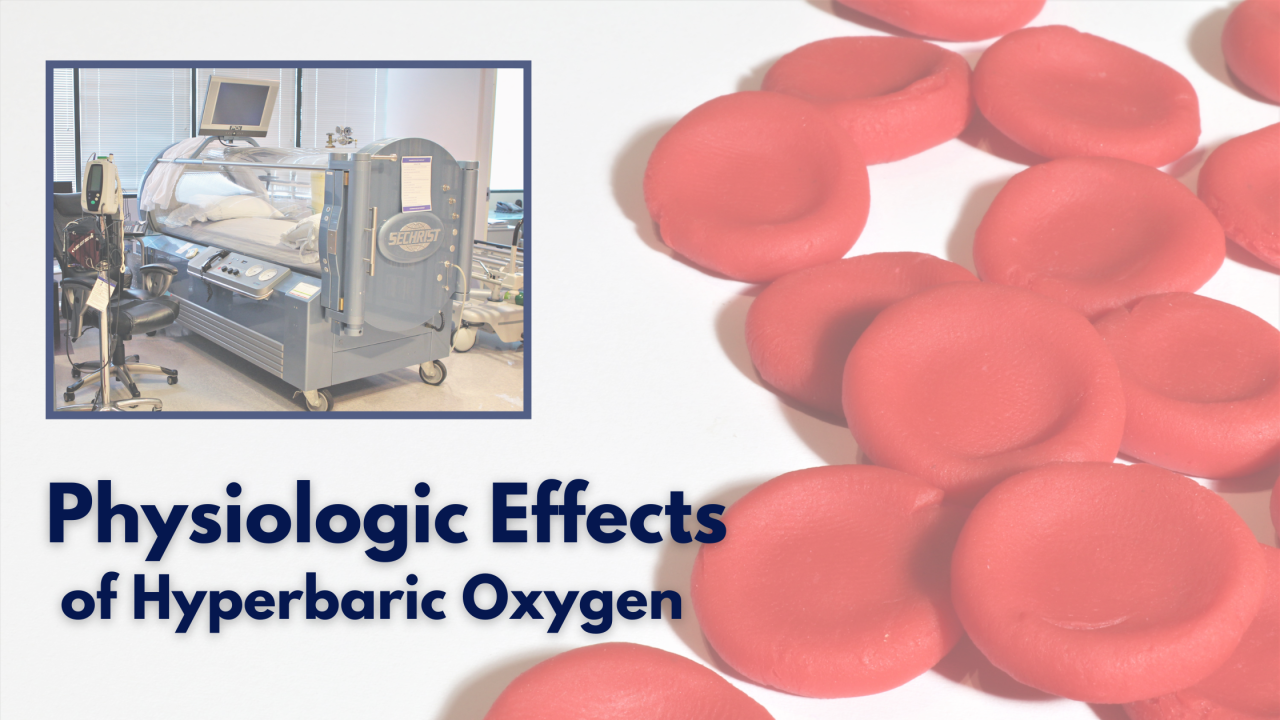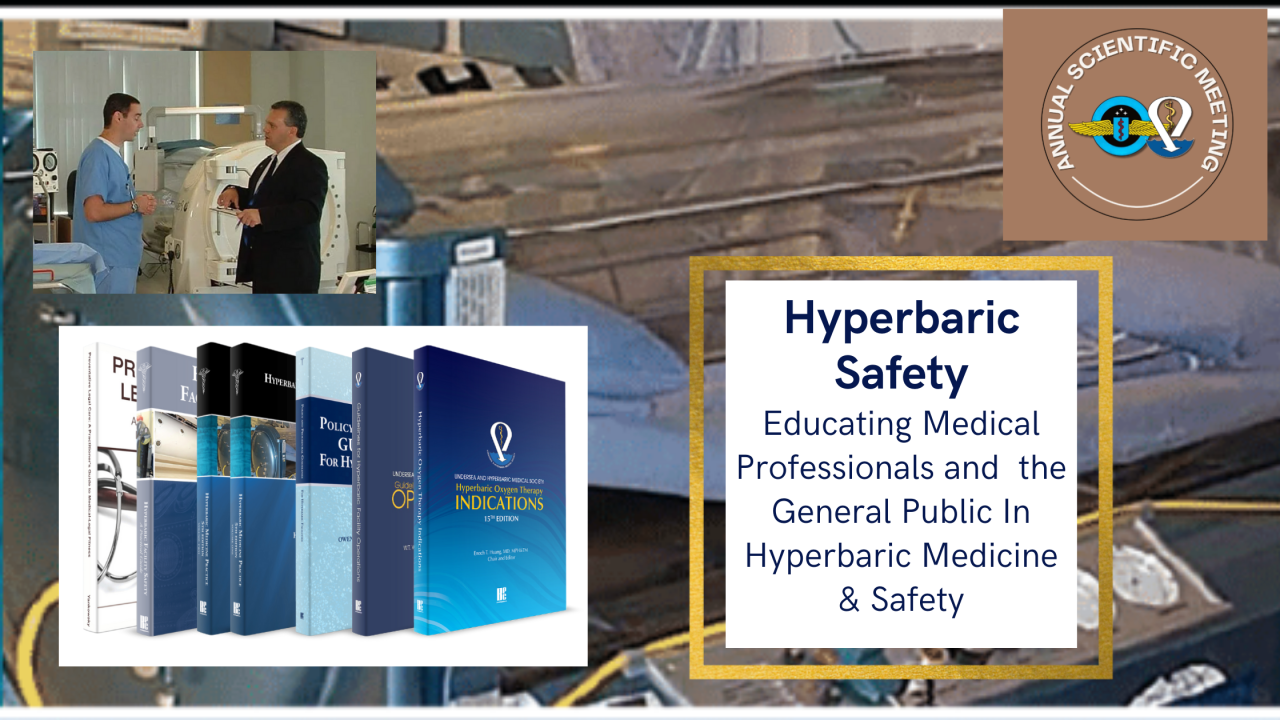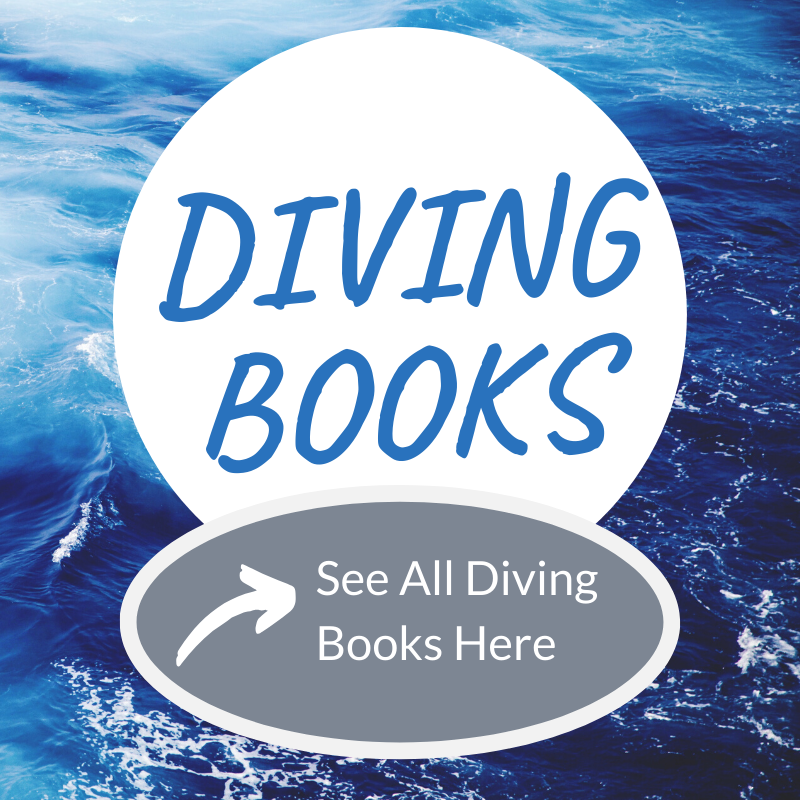Grab one of these entertaining, educational audiobooks before heading out for your holiday travels!
| All Ages |
| Mystery of the Last Olympian |
| https://play.google.com/store/audiobooks/details?id=AQAAAECqARFBqM&pli=1 |
| Kids |
| Luminous Finds Her Aura |
| https://play.google.com/store/audiobooks/details?id=AQAAAEAqrhTuLM |
| Adults |
| Cherry Red |
| https://play.google.com/store/audiobooks/details?id=AQAAAEAqPA58NM |
| Educational - Hyperbaric Medicine |
| Hyperbaric Facility Safety, 2nd Edition |
| https://play.google.com/store/audiobooks/details?id=AQAAAEAqeT45BM |
BEST PUBLISHING COMPANY
631 US Highway 1, Suite 307,
North Palm Beach, FL 33408
Phone: 561.776.6066
This email address is being protected from spambots. You need JavaScript enabled to view it.
www.bestpub.com



